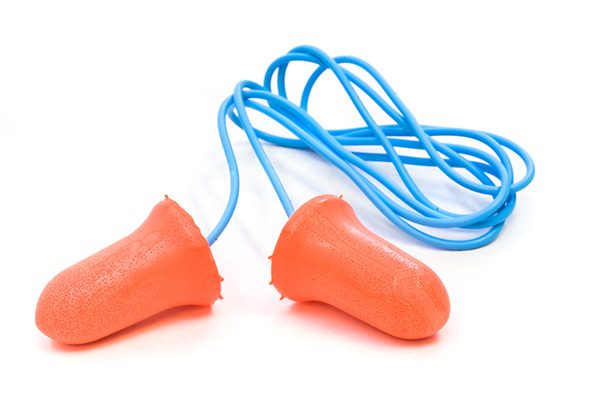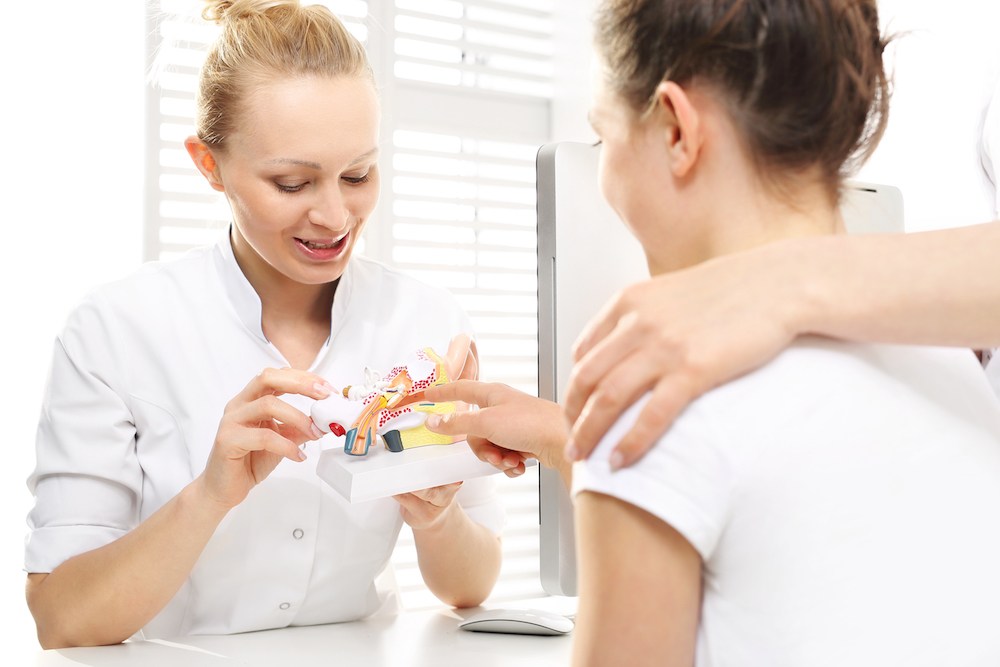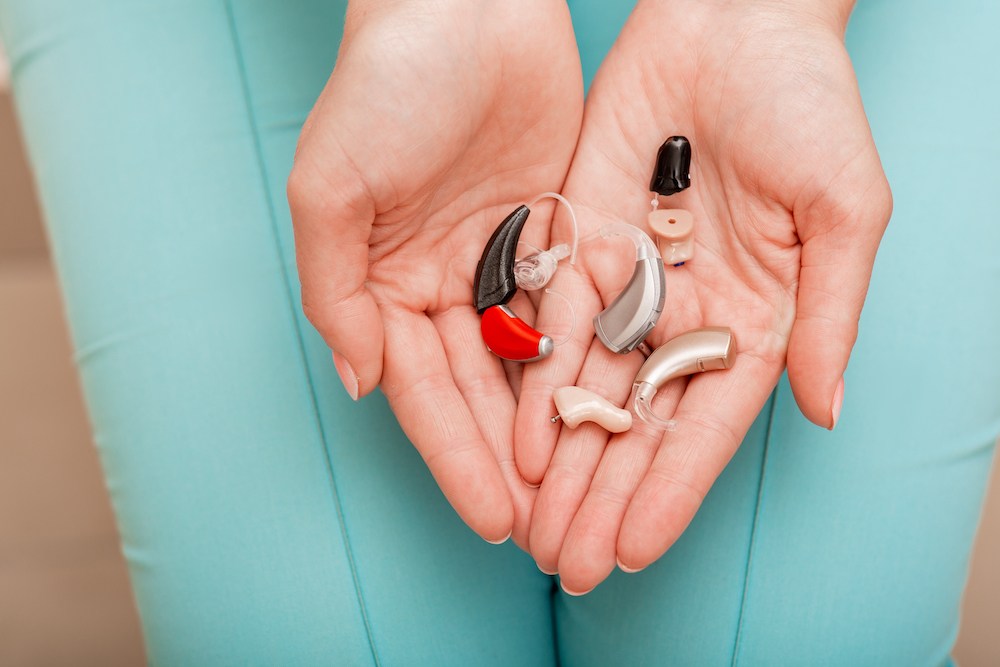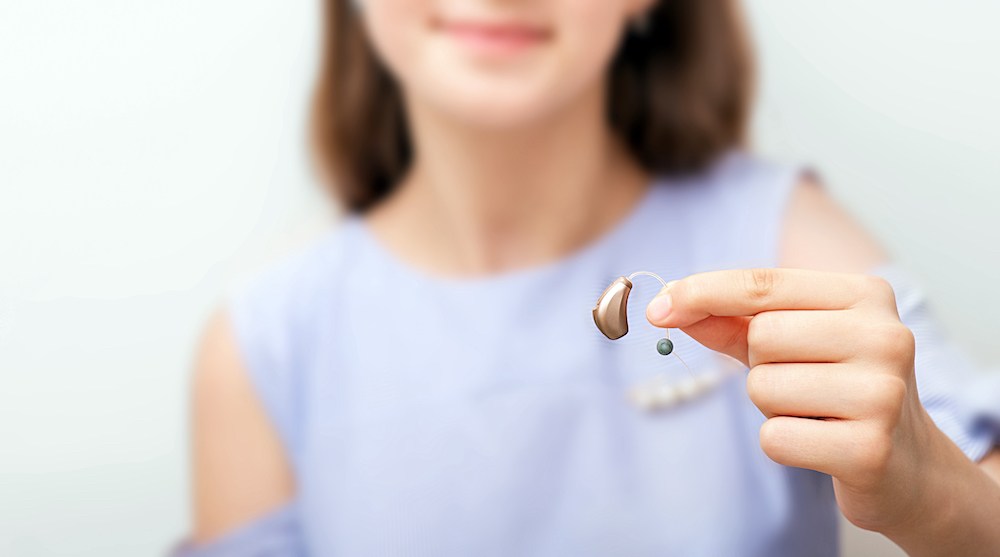The Importance of Timely Hearing Aid Repairs
Hearing aid repairs are vital, but only take a quick trip to your local
Local: (512) 956-HEAR (4327)


Hearing aid repairs are vital, but only take a quick trip to your local

For individuals with hearing loss, hearing aids are a great tool to help

Your new hearing aids have the potential to significantly enhance your